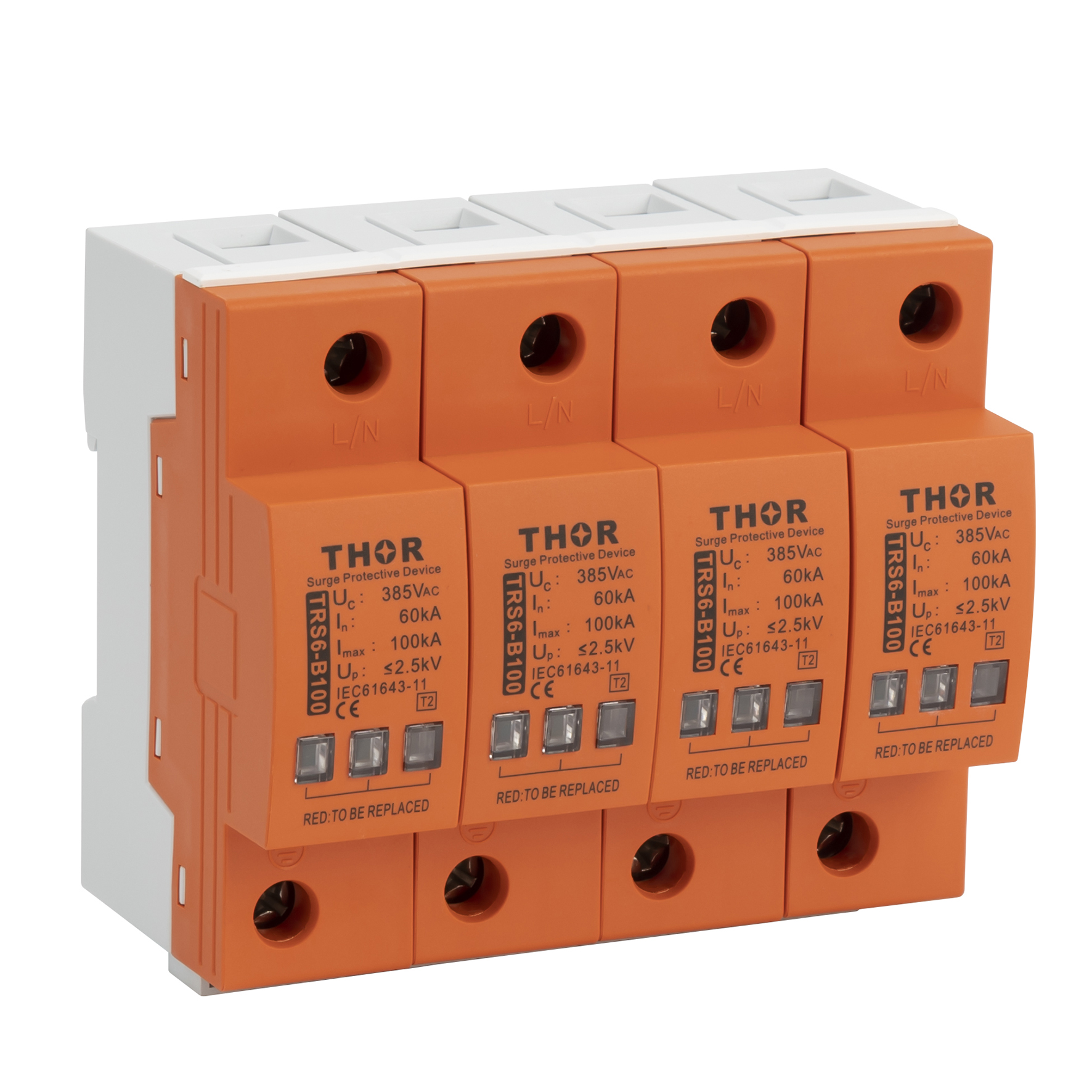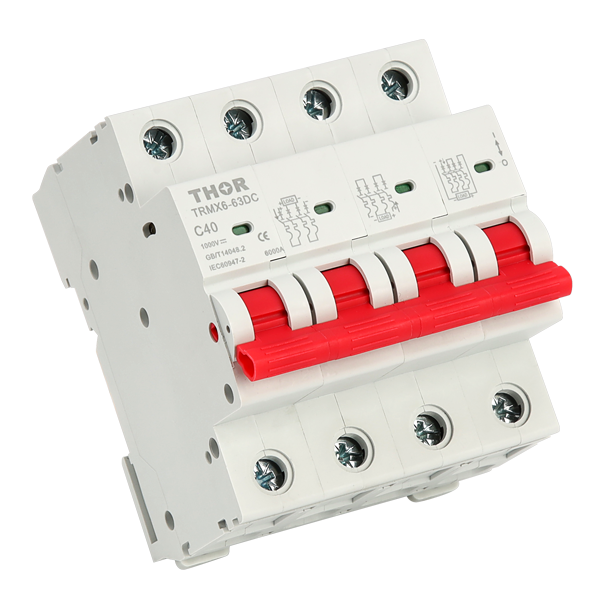This is true a whole house surge protector uses breaker usually. It not only supplies power to the surge protector, but also offers an important level of protection that will allow the circuit breakers to trip if the surge protector fails or they become overloaded thereby cutting off power preventing further electrical damage.
The Role of the Breaker
In surge protection installation the breaker provides necessary protective factors in several ways.
- Circuit Breaker: If the electrical current drawn from the equipment exceeds the maximum capacity of surge protector, this breaker will trip automatically to avoid to damage to connected devices.
- Short Circuit Protection: If there is a short in the surge protector, this breaker will immediately disconnect the circuit which eliminates damage due to fire.
- Current Regulation: Surge protectors must be equipped with circuit breakers rated at anywhere from 20 to 50 amps, depending on the unit's electrical performance.

According to the National Electrical Code,surge protectors to be protected by a breaker or fuse and the circuit breaker must have the same current rating as what that the surge protector needs in order to function correctly if there is really high current loads going through it.
Choosing the Right Breaker
When selecting the correct breaker, several factors should be taken into account:
-
Rated Voltage: Most home surge protectors work with 120/240V breakers.
-
Rated Current: Common breaker ratings include 20A, 30A, 50A, depending on the surge protector’s specifications.
-
Breaker Type: Double-pole breakers are frequently used, especially for handling larger currents and dual-phase power systems.

Example Table:
|
Breaker Rating (A) |
Surge Protector Capacity (kA) |
|---|---|
|
20A |
15kA |
|
30A |
20kA |
|
50A |
30kA |
A home installed a 20kA surge protector and paired it with a 30A breaker. This setup effectively prevented a power surge caused by lightning, demonstrating the importance of matching breaker ratings to surge protector specifications. The data comes from manufacturer installation manuals.
Installation and Maintenance of Breakers
Secure installation and significant maintenance of the breaker are primarily important for a reliable operation that depends on the whole electrical system.
- Periodic Testing:Test breaker trip function every six months to verify it operates correctly when a surge occurs.
- Requires Professional Installation:An electrician with a valid license must be hired to install the breaker to ensure correct wiring and save worrying at time of grounding.
- Repairs:The cost of maintaining surge protectors and breakers can be as high as 200-300 per year, but doing so makes these units far more durable.
The ESFI reports that performing maintenance on surge protection systems can reduce equipment failures from a power surge by up to 40%.

Real-World Applications
-
Residential Protection: During a severe storm, a household was spared from grid-wide damage thanks to the breaker tripping in response to a surge. The surge current peaked at 25kA, but the 30A breaker interrupted the circuit in under 0.01 seconds, protecting the home’s devices.
-
Industrial Example: A factory fitted with a 50A breaker avoided a costly incident when a power surge reached 40kA during a grid fault. The breaker tripped in time, saving the company nearly $50,000 in equipment repairs.
These examples highlight the importance of installing the appropriate breaker with a surge protector, ensuring that surges are managed efficiently, and reducing the risk of equipment damage.
